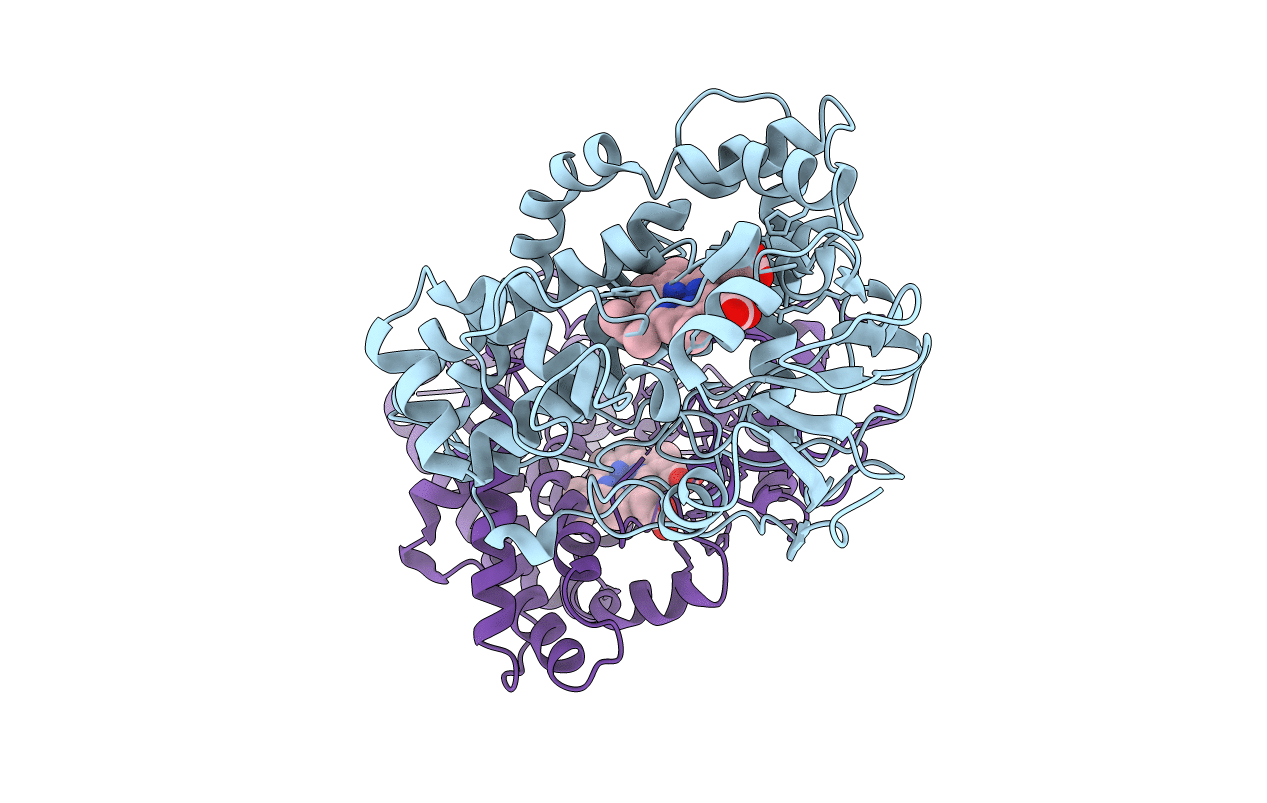
Deposition Date
2006-11-22
Release Date
2007-07-03
Last Version Date
2023-08-30
Entry Detail
PDB ID:
2NZA
Keywords:
Title:
Structure and Function Studies of Cytochrome P450 158A1 from Streptomyces coelicolor A3(2)
Biological Source:
Source Organism:
Streptomyces coelicolor (Taxon ID: 100226)
Host Organism:
Method Details:
Experimental Method:
Resolution:
2.90 Å
R-Value Free:
0.26
R-Value Work:
0.19
R-Value Observed:
0.22
Space Group:
C 1 2 1


